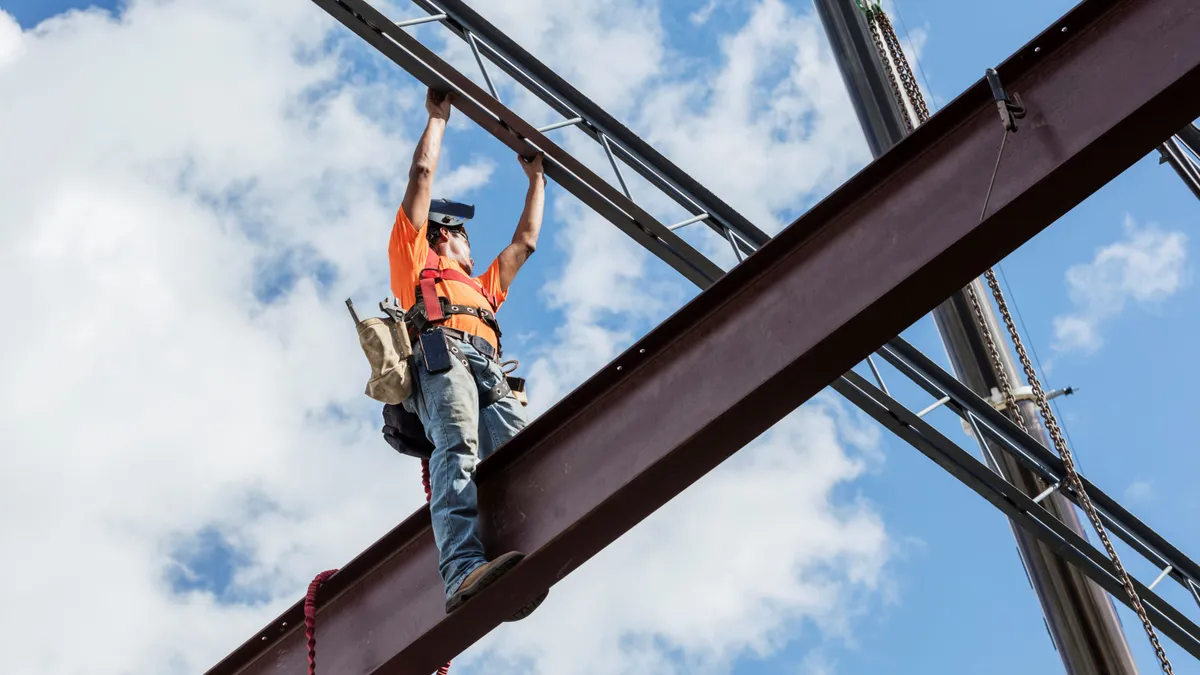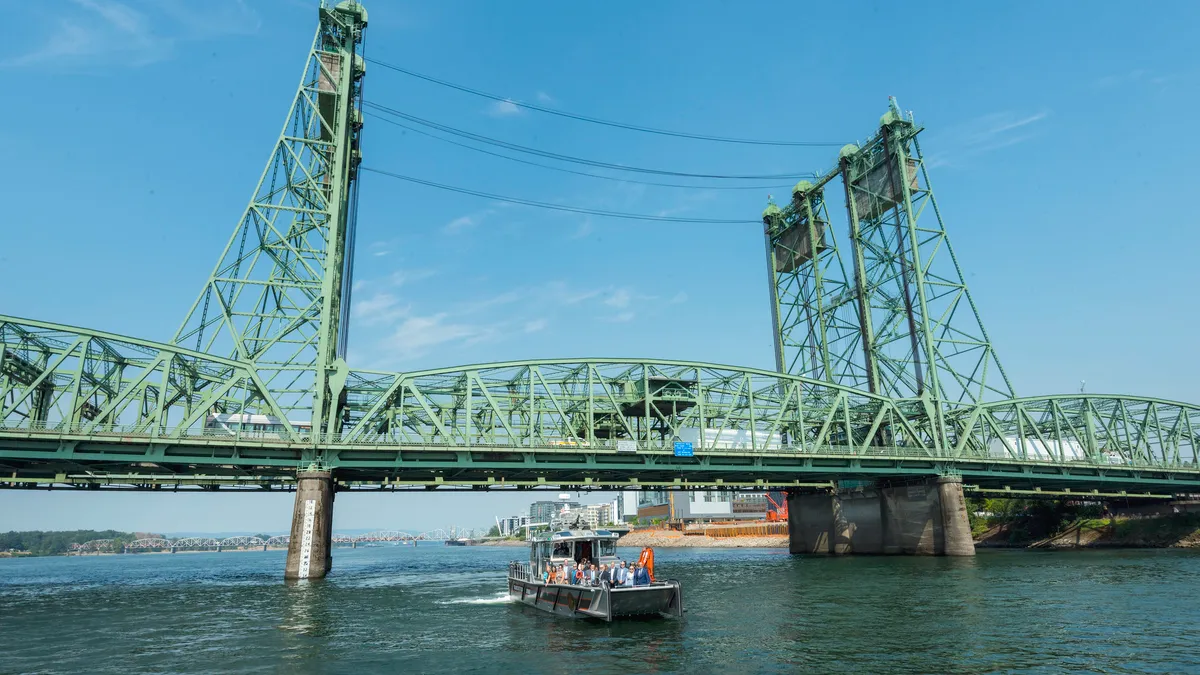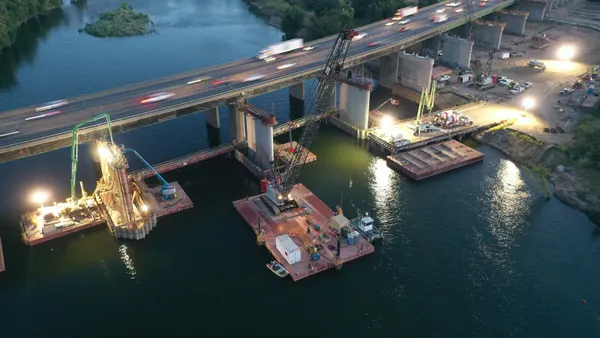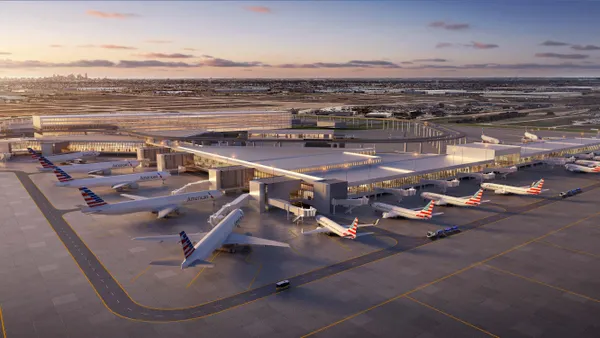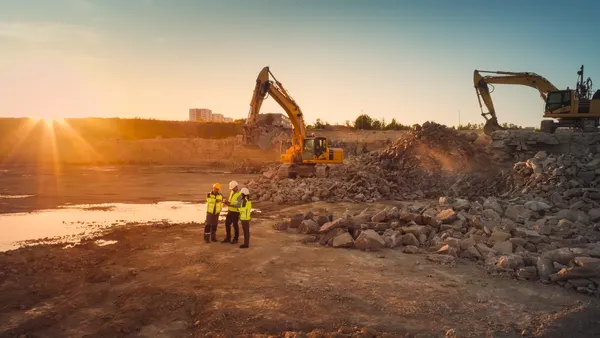Dive Brief:
-
University of Nebraska engineering professor Jinying Zhu has developed a way to use acoustics to more quickly and accurately identify flaws in concrete bridge decks, specifically delamination, according to Phys.org.
-
The method uses a push-cart to pull string-attached brass balls along the concrete. The balls produce different frequencies in response to delaminated versus unaffected concrete. Small microphones on the cart record those sounds and send the data to a computer while a GPS unit maps the location.
-
Zhu and her team tested the system on several bridges in Nebraska, finding that it takes about 20 minutes to evaluate a bridge's conditions versus two hours for traditional methods.
Dive Insight:
As the number of U.S. bridges in need of repair or replacement grows, so, too, does the need for more efficient ways to keep up with that workload. Estimates find deficient bridges in the U.S. number more than 55,000, which the Federal Highway Administration has said would require $20.5 billion annually over the next 16 years to repair and replace.
The building science community is looking at IoT and smart technology to help monitor and maintain the nation's roads and bridges. That includes the use of embedded sensors to track vibration, wear and other structural stresses. In September 2016, researchers at Washington University, in St. Louis, installed sensor technology at Michigan’s Mackinac Bridge to gather data on how materials like concrete and steel respond to stress over time in real-world applications.
Meanwhile, engineers at the University of Delaware and the Multidisciplinary Center for Earthquake Engineering Research in Buffalo, NY, said sensors built from carbon nanotube composites could identify and map stress and damage. That information can then be used to model the deficiencies that lead to bridge failure.
The use of sensors in roadways and bridges is part of the push toward a national smart sensor network. That goal might not be far off. A June 2016 report by MarketsandMarkets put the infrastructure resiliency market at $145 billion by 2021, with an emphasis on improvements for transportation safety and security.



